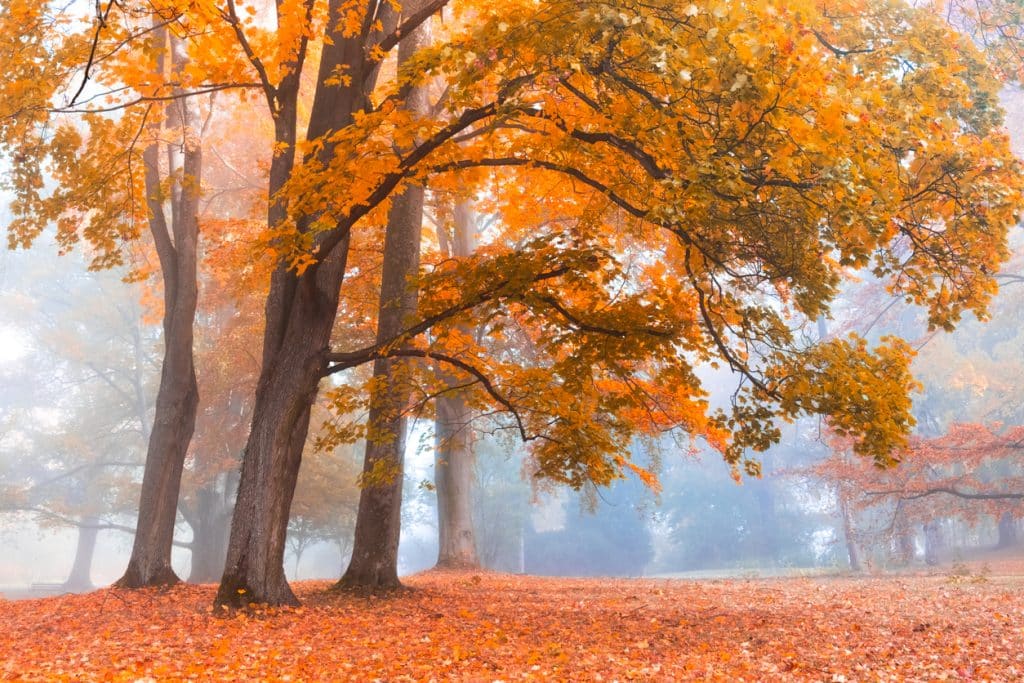Although Santa Barbara, CA doesn’t get as cold as other parts of the country, it can still be quite chilly in the winter. This cold weather can impact the health of your trees, but there are several things you can do to help them prepare for the changing temperatures. Completing a few tasks in the fall will ensure that you have healthy trees year-round.
Trimming Dead Wood
The best time to trim and prune your trees is in the winter after your trees enter dormancy. However, you can also prune away dead branches in the fall after the leaves have dropped from the trees. Diseased or dying branches are most likely to cause an accident during a storm, so it’s important to have them removed. Pruning dead wood in the fall also stops the tree from using unnecessary energy on a dead branch during cooler weather.
Fertilization
Trees in a forest have plenty of nutrients because of their ecosystem; fallen leaves and other dead plant matter collect on the forest floor, providing nutrients to the soil and surrounding trees. Because most homeowners rake up leaves and other debris to keep their yards tidy, the trees in residential neighborhoods don’t have the same access to nutrients. This can leave them susceptible to disease and other issues, especially during the colder weather.
To help your trees get through the winter, it’s important to apply fertilizer, ideally slow-release fertilizer, to the soil surrounding your trees. Fertilization is one of the best ways to ensure that trees have enough nutrients for the winter so that they can ward off disease and temperature-related damage.
Hydration
You may think that droughts are something that only occur in the summer, but the winters can get quite dry in Santa Barbara. That’s why it’s important to give your trees adequate hydration in the fall. When watering your trees, you want to use a hose rather than a sprinkler and let it dribble slowly at the base of the tree for two to three hours one to two times a week. This will ensure that moisture reaches the tree’s roots. Also, avoid wetting foliage as this can spread disease.
Mulching
Mulching insulates the ground and helps keep moisture and organic matter in the soil. Mulching is one of the best things to do for your mature and young trees. For the best results, apply mulch in a 2- to 3-foot radius around your tree with a depth of about 2 to 4 inches. Keep mulch from piling up by the trunk to allow the root flare zone to stay clear. Rake the top layers and remove old layers and replace the mulch regularly.
Damage Prevention
Cabling healthy trees can stabilize them during storms. You can prevent splintering branches by wrapping trees in burlap or plastic cloth. Placing a plastic or metal guard around the trunk can stop animals from chewing on foliage and bark.
The best time to take care of your trees is when the cool weather isn’t yet freezing. Fall tree maintenance puts your trees in a better position to survive the winter. Call us at Economy Tree with questions about annual inspections or fall maintenance.



